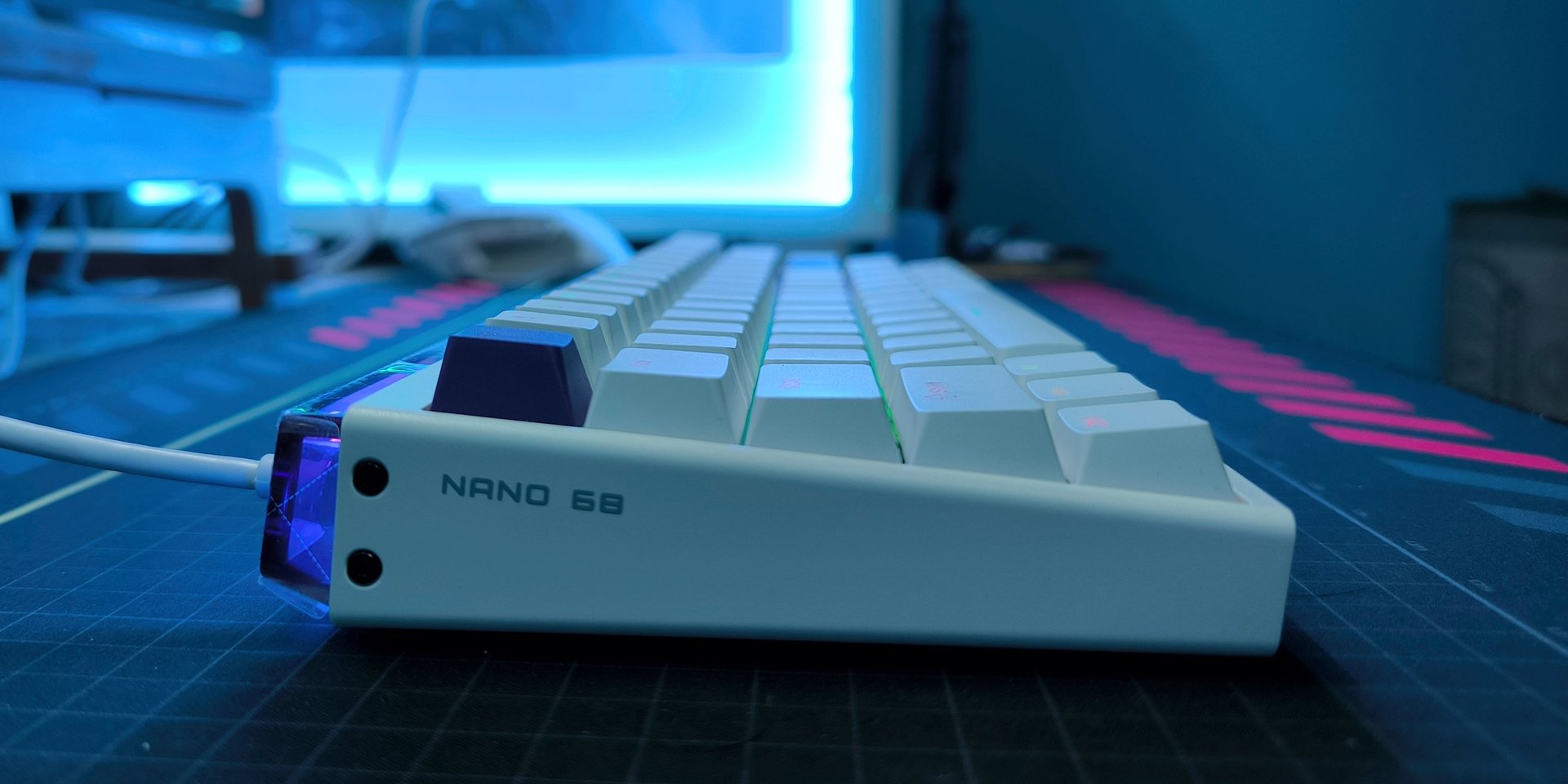What Are Hall Effect Keyboards? A Gamer's Guide to Magnetic Precision
Discover the power of Hall Effect keyboards and why they’re becoming the go-to choice for competitive gamers. This article breaks down what makes HE keyboards unique—like magnetic sensing, adjustable actuation points, and advanced features such as Rapid Trigger, DKS, and Snap Tap. Learn how each feature impacts gameplay and helps you play faster, smarter, and more precisely.
Shahroz Naeem
7/8/20253 min read


Mechanical keyboards have come a long way—from loud clicky switches to whisper-quiet linear strokes. But as gaming evolves, so do the tools we use to stay competitive. Enter Hall Effect keyboards—a new wave of mechanical keyboards engineered for ultra-responsive, fine-tuned performance using magnetic sensing technology rather than traditional metal contacts.
What Is a Hall Effect Keyboard?
At its core, a Hall Effect keyboard replaces the physical contact mechanism found in traditional switches with a magnet + sensor system. When a key is pressed, a small magnet inside the switch moves closer to a Hall sensor on the PCB (printed circuit board), which measures the magnetic field's strength to determine actuation.
Since there’s no physical contact between metal components to trigger a keypress, Hall Effect switches offer:
Near-zero debounce delay
Extended lifespan (up to 100 million+ actuations)
Adjustable actuation points
Advanced motion-based features like Rapid Trigger and DKS
This makes Hall Effect keyboards an ideal choice for gamers looking for responsiveness, customizability, and longevity.
Key Features of Hall Effect Keyboards
(And Why They Matter for Gamers)
1. Adjustable Actuation Points
What it is: Lets you choose how far a key needs to be pressed before it registers a press—anywhere from ~0.1mm to 4mm.
Why it matters in gaming:
For FPS titles like Valorant or CS:GO, a lower actuation point (~1mm) means faster reactions.
For typing or rhythm games, a higher point helps reduce accidental presses.
You can tune different actuation points per key, giving you total control over input sensitivity.
2. Rapid Trigger
What it is: The key reactivates as soon as it starts moving back up, rather than waiting until it fully resets.
Why it matters in gaming:
Crucial for movement precision in shooters and platformers.
Enables micro-adjustments and repeated actions without needing to fully lift your finger.
Preferred in games like Osu!, Apex Legends, and Fortnite for tighter control.
3. MT (Mod Tap)
What it is: A key performs one action when tapped and another when held (e.g., tap for "Esc", hold for "Ctrl").
Why it matters in gaming:
Saves keyboard real estate by combining roles.
Ideal for MMOs or MOBAs where multi-key combos are common.
Allows you to customize your layout for better muscle memory and key-binding efficiency.
4. DKS (Dynamic Keystroke)
What it is: Assigns different outputs to various depths of a key press (e.g., press lightly for "Walk", deeper for "Run").
Why it matters in gaming:
Lets you map multiple commands to a single key based on how hard you press.
Perfect for racing or stealth games where analog-like control adds immersion.
Reduces reliance on multiple dedicated keys for similar functions.
5. SOCD (Simultaneous Opposite Cardinal Direction)
What it is: Prevents conflicting inputs like pressing both "W" and "S" (forward and backward) from canceling each other out or causing bugs.
Why it matters in gaming:
Ensures consistent and legal input behavior in fighting games and competitive scenarios.
Some keyboards let you customize SOCD behavior, giving you an edge in fast-paced 1v1s.
Snap Tap is Razer's version of SOCD.
6. Polling Rate
What it is: How often your keyboard reports to the computer per second. Measured in Hz (e.g., 1000Hz = 1000 reports/sec).
Why it matters in gaming:
A higher polling rate (1000Hz+) ensures lower latency.
Smooth and precise input is vital for competitive gameplay, where every millisecond counts.
8. Scan Rate
What it is: How frequently the keyboard's firmware checks for key state changes internally.
Why it matters in gaming:
A higher scan rate means faster internal detection before the signal even reaches the PC.
Pairs well with high polling rates for true low-latency input.
Should You Get a Hall Effect Keyboard for Gaming?
If you’re a competitive gamer or someone who values custom input precision, low latency, and future-proof durability, Hall Effect keyboards are a fantastic upgrade.
While they tend to be slightly more expensive, the range of features they unlock—like Rapid Trigger, analog input, and deep actuation control—can offer a measurable competitive advantage.

Unlock your Performance with HE!

Nerdy Nest
Bespoke Keyboards - Tailored to your preferences
Quick Contact
© 2025. All rights reserved.
Information
